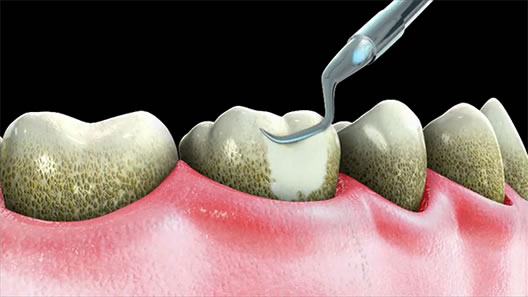
Regular Dental Cleaning
Most people have heard of gingivitis, but you’ve probably never heard the word prophy. So what is it? Prophy is short for prophylactic teeth cleaning. Most patients who require prophy are diagnosed by their dentist with an inflammation of their gums, commonly known as gingivitis.
Someone with gingivitis will normally have the following symptoms: swollen, shiny gums, general soreness of the mouth including bright red-inflamed gums. Gums may also be itchy and bleed easily when brushing or flossing. Bad breath or halitosis is also very common in a person with gingivitis.
Simply put, it starts with poor brushing. The main cause of gingivitis is plaque and tarter build up. First comes the plaque. Plaque is the yellow film on your teeth caused by food and bacteria in your mouth. Next comes the tarter. When plaque build up mixes with the saliva in your mouth it hardens over time and turns into tarter. Tarter, usually a result of poor brushing, ultimately leads to gingivitis. It’s a vicious cycle.
Gingivitis can also be a warning sign for a more severe gum disease called periodontal disease. Periodontal disease is when gingivitis is left untreated and can lead to bone loss or even tooth loss.
But don’t despair! The good news is that gingivitis can be treated with prophy. And with routine oral hygiene at home, such as proper and regular brushing and flossing, you can prevent gingivitis from reoccurring.
Dental Cleaning Procedure (Prophy)
So how exactly does prophy work? Prophy is a multi-step process that is normally done in one office visit:
- Step one. First, a general cleaning is performed. This is either done manually or with an ultra sonic instrument called a cavitron, or sometimes a combination of the two. Both techniques loosen and remove plaque and tarter build up.
- Step two. Following the initial cleaning, a rotary machine that looks much like a toothbrush with toothpaste on it is used. This removes any remaining plaque around or under the gums. It also helps to polish the outer surface of your teeth which helps reduce future plaque build up.
- The final step is to floss to remove any and all remaining plaque between the teeth.